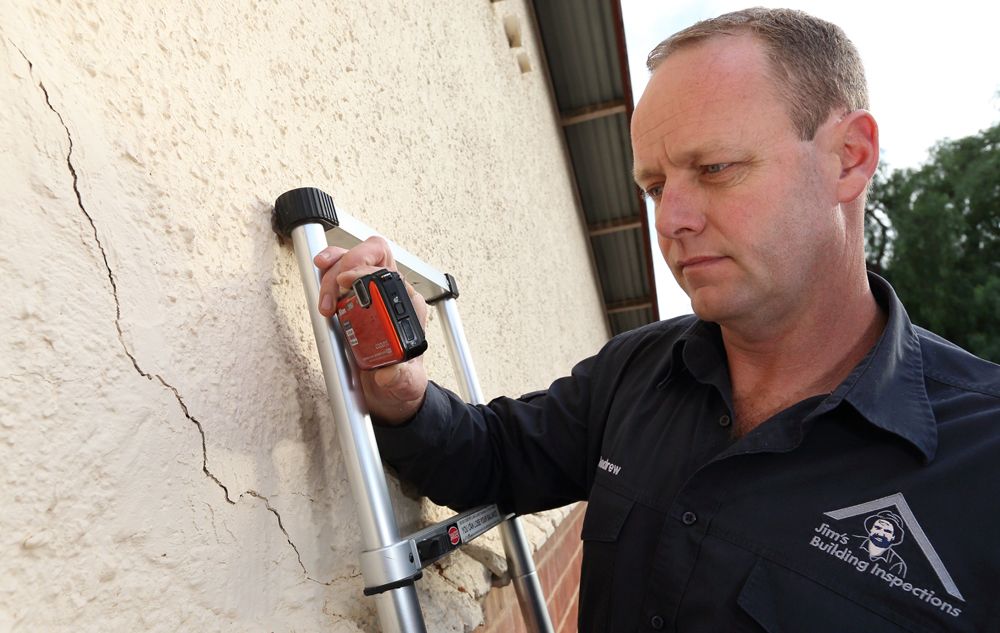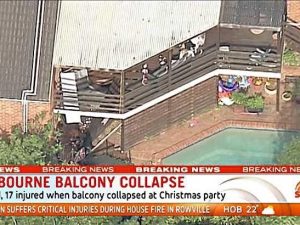
Not all homes settle evenly. Some parts of your house may settle more than others due to the composition of the soil beneath your foundation, moisture levels, and a host of other factors. While it’s not uncommon for some degree of settling to occur, it’s important to be aware of the early warning signs of structural damage so you can take steps to address the issue before it becomes a bigger problem.
Here are four warning signs that your home may have structural damage:
- Cracks in Walls or Ceilings: Small hairline cracks are common in both new and old homes and are usually not cause for alarm. However, if you notice larger cracks (e.g., cracks that are wider than a quarter inch or those that run vertically), this could be an indication of deeper structural problems. If you see any cracks, it’s best to have one of our professionals evaluate them to determine whether they pose a threat to the stability of your home.
- Gaps Around Doors or Windows: If you notice gaps around your doors or windows that weren’t there before, this could be a sign that your home is shifting and losing its structural integrity.
- Sagging Floors: Another sign of structural damage is floors that sag or feel spongy when walked on. This is often caused by beams or joists that have become weakened over time due to rot, insect infestation, or water damage.
- Sticking Doors or Windows: If you have doors or windows that are difficult to open or close, this could be an indication that your home is no longer level. As your home settles, doors and windows can become misaligned, making them difficult (or even impossible) to properly close and seal.
While some degree of settling is to be expected in any home, it’s important to be aware of the early warning signs of structural damage so you can take steps to address the issue before it becomes a bigger problem. Be on the lookout for cracks in walls or ceilings, gaps around doors or windows, sagging floors, and sticking doors or windows—all of which could be indicative of deeper issues with the structure of your home. If you notice any of these warning signs in your home, don’t hesitate to contact one of our professionals for an evaluation. Addressing structural issues early on can save you a lot of time, money, and hassle down the road.




